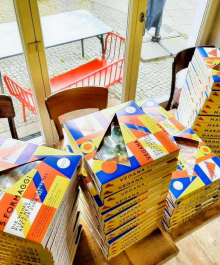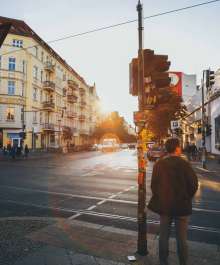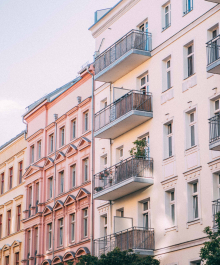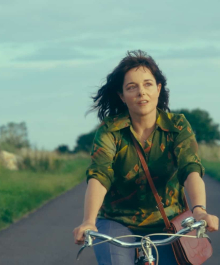
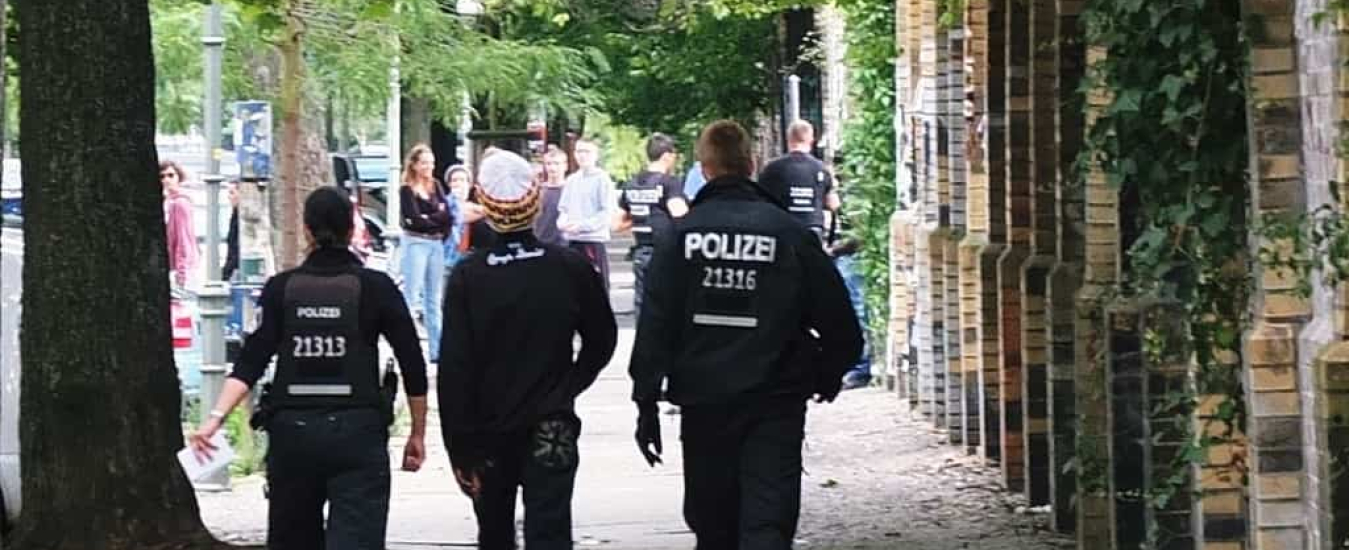
Even during midnight hours on a weeknight, I can open my window in Kreuzberg and hear commotion from Görlitzer Park. Shattering glass, a boom-box blasting dub music and heated talk rise up into the air and bang on my eardrums with little relenting. Most apartments are darkened, sleepy time for early morning folk and their rug-rats, many of whom occupied the park’s former Pamukkale fountain area this summer during Familienfest. Children oriented games from different cultures around the world kept the little ones busy, while parents relaxed in a peaceful environment to on-stage entertainment. Mini-mites united together and claimed Görlitzer for the day, not releasing it until their parents threatened to count down from three.
One festival organizer looked on and smiled at the wonderfully brought together event. “Right now we have the park, but it’s around six o’clock at night when the scene changes. People come here to party then,” said the woman.
“So I’ve heard.”
This got me thinking about when six o’clock does creep up and the scene starts to change, what effect it has on the park. I watched a mother set up her little boy to coast his bike down the small end of the hill, right beside me. As he stopped, his opened toe sandal was just a hair shy of broken glass chunks. However this did not faze the toddler or his mother, neither seemed to notice. Leftovers from last night’s party maybe, but judging by the sounds I hear regularly, Görlitzer goes bump far into the night.
Ideas on what the park should be and stand for is a hot button issue in the community. It is no secret that Polizei presence has increased since the day after 1st of May, forcing more dealers into the streets surrounding Görlitzer. Residents now deal with daily, and ever annoying, propositions from dealers looking to mark anyone remotely traveling towards the park for whatever reason. How long will this last, before the Polizei force the dealers to show their next hand?
Arriving in Berlin recently from Detroit, I think back to the almost dead-silent nighttime streets there due to a lack of foot traffic and no Görlitzer Park-like spot. There is a park where people can go in mass to enjoy nature and that’s Belle Isle, located about three miles from Detroit’s downtown center. Belle Isle is a beautiful 982-acre island where residents can leave the concrete city behind and roam around outdoors, but not to late, the park closes at 10P.M. Recently, there was a tug of war match between the City of Detroit and the State of Michigan on who should control operations of the park. The argument was that city itself could not cover the $6 million a year up-keep fees, so that by leasing the park to the state, Michigan would take over the cost of maintenance. This did not fly with Detroit City Council, who did not want to lease Belle Isle to the state under their conditions. As time went on though, the council’s efforts to keep Belle Isle under Detroit’s control fell short. Detroit would become the largest American city to declare bankruptcy, and the park was quickly leased to the state, under an emergency manager’s orders, for 30 years.
What’s the result of this turnover? If you want to walk onto the island, you can still do so for free. Vehicles entering the island will need to pay an annual $11 fee. But since the state took over Belle Isle in February, verbal warnings, ticketing and arrests by state police skyrocketed. Even Detroit’s new Mayor was pulled over in his car for speeding! This has some residents and life-long Belle Isle goers outraged, claiming excessive policing. Debate between residents is ongoing, with some already seeking other summer havens.
Berlin and Detroit often draw comparisons, and in these two instances, strong similarities can be seen again. Only time will tell how much will change, be it for better or worse.


